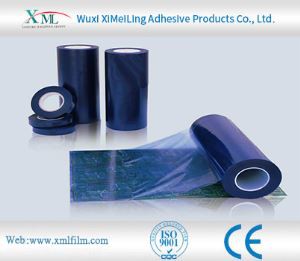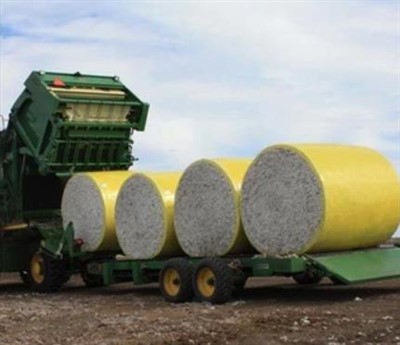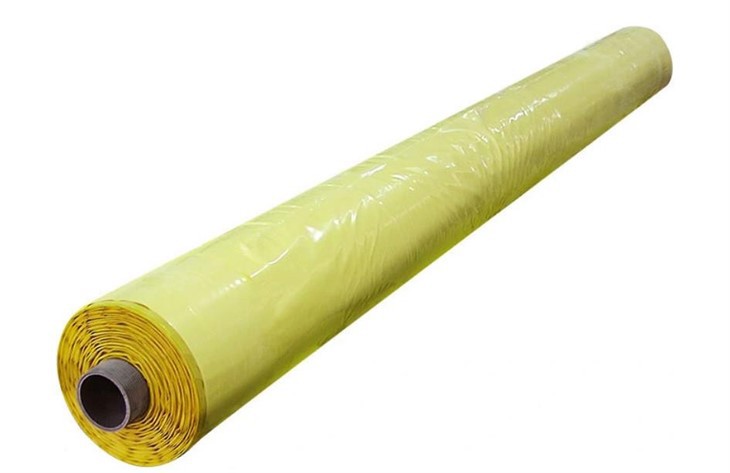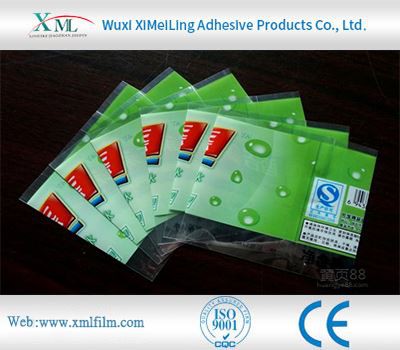Will Stone Protective Film Crack at Low Temperatures
2025-10-30
1. Key Factors Affecting Low-Temperature Cracking of Stone Protective Film
Whether stone protective film cracks at low temperatures depends primarily on its material properties, the duration of the low temperature, and the application of external forces. If the protective film material itself lacks toughness, low temperatures will cause its molecular structure to become brittle, reducing its tensile and impact resistance. If the low-temperature environment lasts for a long time, the degree of embrittlement will gradually deepen, increasing the risk of cracking. Furthermore, if the protective film is subjected to external forces such as pulling, squeezing, or heavy impacts at low temperatures, the material, which has become brittle due to the low temperature, is prone to cracking, especially at the edges of the protective film or in areas where the adhesion is not tight.
2. Low-Temperature Crack Resistance of Different Protective Film Materials
Different stone protective films exhibit significant differences in their low-temperature crack resistance. Protective films made of high-quality polyethylene or with added cold-resistant components can maintain good toughness at low temperatures and are less prone to embrittlement and cracking. In contrast, inferior PVC materials or protective films without cold-resistant treatment are prone to hardening and brittleness in low-temperature environments, and may crack under slight external forces. Transparent and colored protective films also differ in their crack resistance. Some colored protective films, due to the addition of pigments affecting material stability, have a slightly higher risk of cracking at low temperatures than transparent ones. When purchasing, pay attention to whether the product is labeled with its low-temperature suitability.
3. Protective Measures for Low-Temperature Environments
If stone protective film needs to be used in low-temperature environments, preventative measures must be taken in advance to avoid cracking. Before installation, allow the protective film to stand in a room temperature environment for a period of time to allow the material to regain its flexibility. Avoid installing it immediately after removing it from a low-temperature environment. When installing, ensure the protective film adheres tightly to the stone surface to reduce shrinkage stress caused by temperature changes and lower the possibility of cracking. For outdoor areas or areas with persistently low temperatures, choose a dedicated low-temperature crack-resistant protective film. These products undergo special treatment to maintain structural stability at lower temperatures. Avoid pulling or folding the protective film at low temperatures.4. Handling of Protective Film Cracking at Low Temperatures
If the stone protective film cracks at low temperatures, it needs to be dealt with promptly to prevent damage to the stone. If the crack is small, a patch of protective film of the same material can be cut, placed over the crack, and pressed firmly to ensure a tight fit between the patch and the original film, preventing impurities from seeping in through the crack. If the crack is large or the protective film has become brittle in multiple places, the old film must be completely removed. Check the stone surface for damage caused by the cracks, clean it thoroughly, and then reapply a protective film suitable for low-temperature environments. When removing the cracked protective film, handle it gently to avoid leaving fragments due to material brittleness, which could affect the subsequent tiling effect.You Might Also Like
-

what are the advantages of cotton packaging film
-

How does pe protective film cope with high temperature environment
-

The Advantages of Cotton Wrap Film
-

Advantages of Cotton Bale Wrap Film
-

How Polyethylene Packaging Material Copes with High Temperature Environment
-

How to Remove Protective Transparent Plastic Film Without Damaging the Surface
